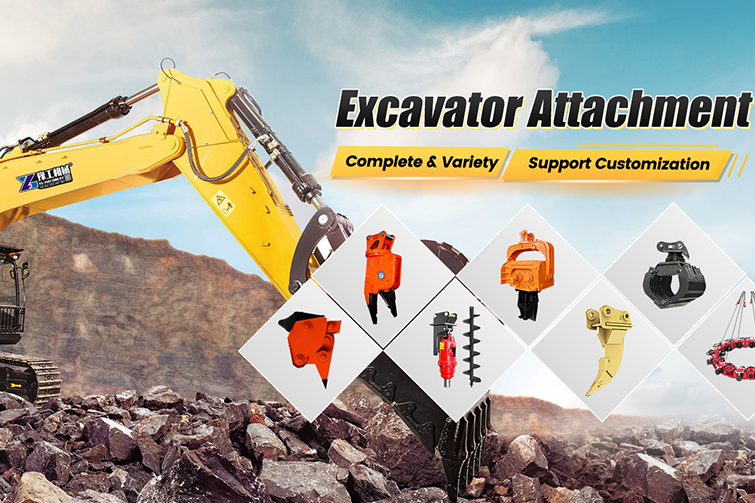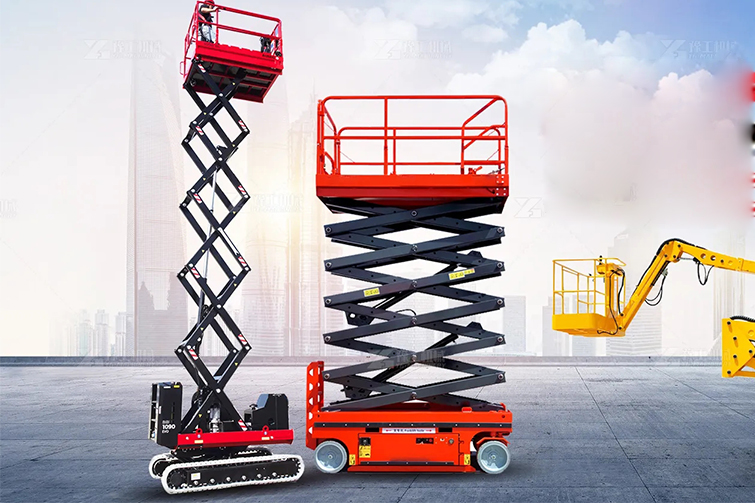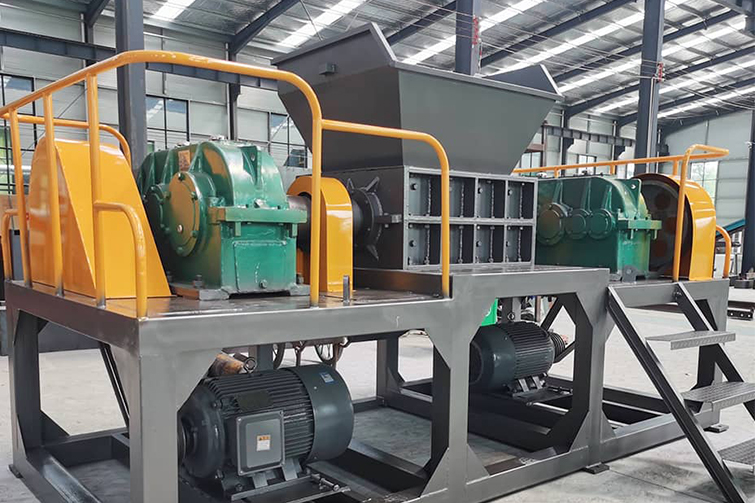

How to Choose a Lift Platform
Lift platforms, also known as aerial work platforms or scissor lifts, are essential tools for construction, maintenance, and warehouse operations. They come in various types and sizes, each designed to cater to specific needs and applications. When choosing the right lift platform, it’s important to consider factors such as load capacity, lift height, platform type, safety features, and the environment in which it will be used. Here’s a guide to help you select the best lift platform for your needs.
1. Determine the Purpose and Application
- Indoor vs. Outdoor Use: First, consider whether the lift platform will be used indoors, outdoors, or in both settings. Indoor environments often have height restrictions and may require compact, electric-powered lifts with low emissions. Outdoor settings, on the other hand, might need heavy-duty platforms with a higher reach and stable, all-terrain wheels.
- Type of Work: The platform you choose should be suited to the type of work. For example, maintenance work may require a platform with a broad range of movement, while warehousing may need high-load capacity for transporting heavy goods.
2. Assess the Load Capacity
- Each lift platform has a specific load capacity, usually ranging from a few hundred pounds to over a ton. Knowing the maximum weight you’ll be lifting is crucial to avoid overloading and to ensure safety. When calculating the required load capacity, remember to account for the weight of both the operators and any tools or materials being lifted.
3. Consider the Lift Height
- Lift height is one of the key factors in choosing a platform. Scissor lifts, for instance, typically offer heights of 20 to 40 feet, while telescopic boom lifts can extend up to 185 feet. Ensure the platform height matches your operational needs. For tasks requiring flexibility and reach over obstacles, an articulated boom lift or telescopic lift may be more appropriate.
4. Choose the Platform Type
- Scissor Lifts: These are ideal for vertical lifting and are generally stable, providing a large work area. They’re suited for situations where you need to move directly up and down.
- Boom Lifts: These offer extended reach and flexibility, making them great for outdoor and elevated jobs. Articulating boom lifts can maneuver around obstacles, while telescopic boom lifts are best for straight-line reach.
- Personnel Lifts: Smaller and more compact, these are perfect for one-person operations in tight spaces.
5. Check Safety Features
- Safety should be a priority when selecting a lift platform. Look for features such as emergency stop buttons, non-slip surfaces, guardrails, safety harness attachments, and overload protection. Some platforms also come with tilt alarms, descent alarms, and motion sensors for added safety, which are particularly useful in industrial settings.
6. Power Source Options
- Lift platforms come in electric, diesel, or hybrid power options. Electric lifts are quieter and emission-free, making them suitable for indoor use. Diesel lifts are typically more powerful and better suited for outdoor applications, especially on uneven or rugged terrain. Hybrid lifts provide flexibility for both indoor and outdoor use, combining the benefits of both electric and diesel power.
7. Consider the Mobility and Maneuverability Needs
- Some lift platforms are compact and maneuverable, ideal for navigating narrow spaces or crowded indoor areas. Others are larger and equipped with rugged tires for off-road use. Articulating lifts can reach around objects, while standard scissor lifts may have limited mobility. Ensure the platform's mobility meets the specific requirements of your working environment.
8. Maintenance and Serviceability
- Choose a lift platform from a reputable manufacturer that offers reliable service and easy access to replacement parts. Maintenance ease can significantly impact the equipment's longevity and safety. Many manufacturers also provide warranties and after-sales support, which can be beneficial in case of repairs.
9. Budget Considerations
- Set a budget based on your requirements, balancing between upfront costs and long-term value. Electric lifts may have a higher upfront cost but lower maintenance over time. For businesses needing lift platforms temporarily, renting may be a cost-effective alternative, whereas frequent users may benefit from purchasing.
Conclusion
Selecting the right lift platform involves a careful assessment of your working environment, operational needs, and safety requirements. By understanding the types of platforms available and evaluating factors like load capacity, lift height, mobility, and power source, you can find the ideal platform that not only enhances productivity but also ensures the safety of your workforce.




